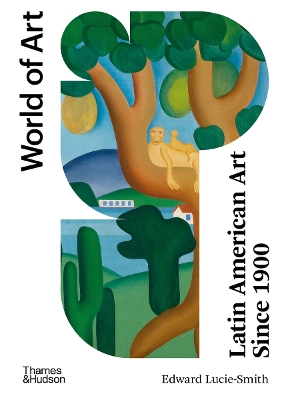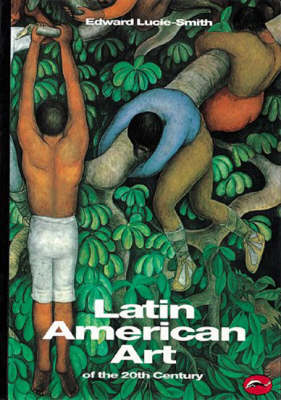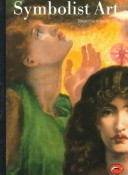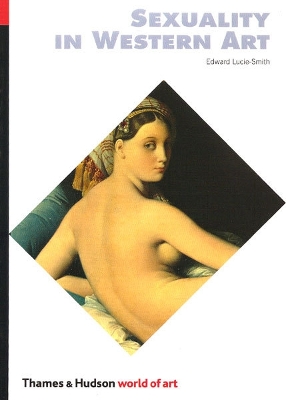World of Art
6 total works
A clear, swift-moving account of the visual arts in the past half century. All the most recent trends and artists are discussed including Minimal and Conceptual art, Arte Povera, the influence of Joseph Beuys, Neo-Expressionism, Neo-Conceptualism and the work of Feminist and Gay artists as aspects of Postmodernism. The emergence of the powerful work - until recently considered 'peripheral' - of African-American and regional American artists, and new trends in Latin American, Russian, Japanese, Chinese, Korean, modern African, Caribbean and Aboriginal art are all introduced and discussed, providing a world panorama of art at the end of the century. A full bibliography and for the first time comprehensive chronologies of key events from 1940 to the present make this book a unique guide to the main issues, concepts and players.
In this classic survey, now updated and with full-colour images throughout, Edward Lucie-Smith introduces the art of Latin America from 1900 to the present day. He discusses in detail major figures such as Diego Rivera and Frida Kahlo, as well as dozens of less well-known artists. Those who spent their lives in exile, and artists from Europe and the US who lived in South America, such as Leonora Carrington, are all included in this broad, comprehensive view. The artists featured here have sought for indigenous roots and a local tradition; explored abstraction, expressionism and new media (video, installation, performance); entered dialogue with European and North American movements, while insisting on reaching a wide popular audience for their work; and created an energetic, innovative and very varied art scene across the continent today. A new chapter extends the discussion into the twenty-first century, summarizing key trends and most notable figures of the last two decades. A constant theme is the embrace of the experimental and the new by artists across Latin America.
A review in which Edward Lucie-Smith discusses major subjects and issues such as Magic Realism, Expressionism and other concepts shared with Latin American literature; the great muralists Diego Rivera, David Alfaro Siqueiros and Jose Clemente Orozc; the interaction of politics, society and art; the continuing interest in folk art; and the dialogue between avant-garde European and North American movements and "indigenist" thinking in the styles of artists such as Wifredo Lam, Rufino Tamayo and Frida Kahlo. Many other artists are covered - including a large number of women, from the 1900s to the present day - in this introduction to a great body of original and imaginative work.
Though the Symbolist heyday in Paris was short-lived, the movement had an influence on painting in both duration and geographical range. Important Symbolist painters were at work in places as remote from one another as Munch in Oslo, Klimt in Vienna, and the young Picasso in Barcelona. It is through Symbolism, too, that the relationship between the English painting of the later nineteenth century and what was taking place in Europe can be explained. Edward Lucie-Smith's important study throws light upon the origins of Modernism, and upon the development of painting and sculpture in the final years of the century. 185 illus., 24 in color.
In this illuminating history, text and illustrations combine to offer a view of furniture not as a succession of collectors' pieces, but as a statement about the society that created it. Edward Lucie-Smith offers insights into almost every period, from the prehistoric to the postmodern--from Neolithic tables to 1960s conversation pits, and from the ceremonial chairs of Egypt in the thirteenth century BC to the designs of John Makepeace.
Sexuality in its many guises has preoccupied Western artists from Michelangelo to Picasso, Rubens to Robert Mapplethorpe. Almost every form of the subject has been portrayed, whether covert or overt, crude or highly sophisticated. Edward Lucie-Smith considers the fruits of this obsession, which, while highly sexual, are also fine art. His incisive text is as invigorating as it is rewarding and will prove invaluable is assessing this aspect of the history of Western Art.





